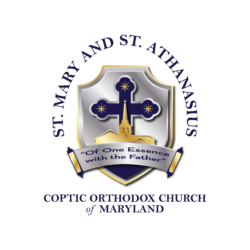Michael (archangel)
Michael (Hebrew pronunciation: [mixaˈʔel]; Hebrew: מִיכָאֵל, translit. Mîkhā’ēl, lit. ‘Who is like God?’; Greek: Μιχαήλ, translit. Mikhaḗl; Latin: Michahel;Coptic: ⲙⲓⲭⲁⲏⲗ, Arabic: ميخائيل, translit. Mīkhā’īl) is an archangel in Judaism, Christianity, and Islam. In Roman Catholic, Eastern Orthodox, Anglican, and Lutheran traditions, he is called “Saint Michael the Archangel” and “Saint Michael”. In the Oriental Orthodox and Eastern Orthodox traditions, he is called “Taxiarch Archangel Michael” or simply “Archangel Michael”.
Michael is mentioned three times in the Book of Daniel. The idea that Michael was the advocate of the Jews became so prevalent that, in spite of the rabbinical prohibition against appealing to angels as intermediaries between God and his people, Michael came to occupy a certain place in the Jewish liturgy.
In the New Testament Michael leads God’s armies against Satan’s forces in the Book of Revelation, where during the war in heaven he defeats Satan. In the Epistle of Jude Michael is specifically referred to as “the archangel Michael”. Christian sanctuaries to Michael appeared in the 4th century, when he was first seen as a healing angel, and then over time as a protector and the leader of the army of God against the forces of evil.
